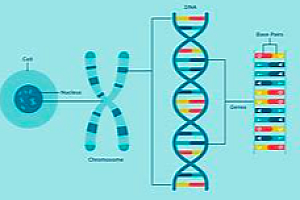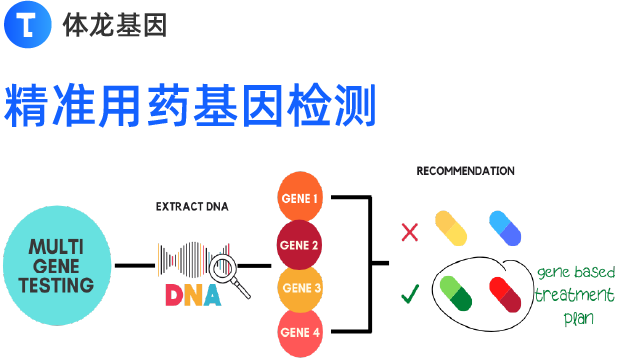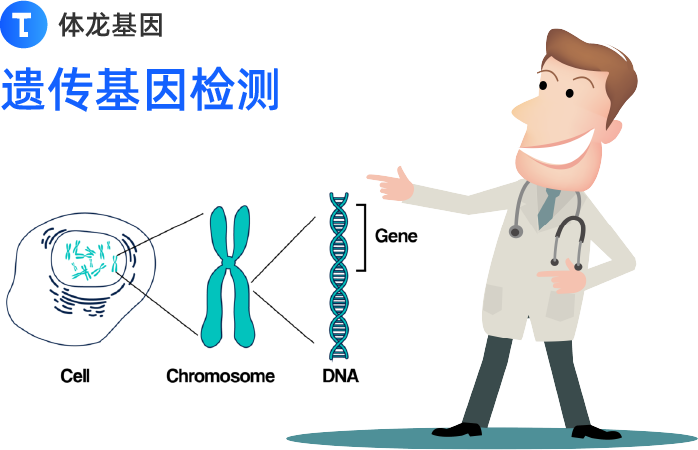美国北卡罗来纳州立大学和科罗拉多大学的研究人员近日首次发现,丙型肝炎病毒(HCV)如何挟持了肝脏中调控基因表达的小RNA分子,以确保其自身的生存。该研究发表在2012年1月3日的《美国科学院院报》(PNAS)在线版上。
病毒性疾病仍然是目前医学领域最棘手的挑战之一。经过数千年与人类的共同进化,病毒能够利用人类宿主的生物学元件来生存和繁殖,这让它们很难对付。
丙型肝炎是由丙肝病毒引起的。由于丙肝症状具有较强的隐蔽性,普通人在丙肝早期很难自我察觉,因此丙肝的潜伏期可达20年之久。据世界卫生组织统计,丙肝的全球发病率约为3%,而我国是感染HCV人数最多的国家,中国内地现有丙型肝炎患者人数接近4000万。
众所周知,microRNA(简称miRNA)参与了细胞中基因表达的调控。这种小分子RNA阻断了关键蛋白的形成,或使mRNA变得不稳定。在这项研究中,研究小组发现,肝细胞中一种主要的miRNA(miR-122)被病毒RNA挟持,促进了病毒RNA的稳定以及病毒基因组的高效复制,从而支持了病毒的生存。
北卡罗来纳州立大学医学和免疫学教授Stanley Lemon认为,丙肝病毒联合miR-122一起做了两件非常有趣的事情。
首先,HCV与肝细胞中的关键调节分子miR-122建立了一种独特的关系。其次,病毒入侵了miRNA的调控过程,从而促进病毒RNA的稳定并上调其生活周期所需的病毒蛋白的表达。这是一个典型的例子,说明病毒如何破坏细胞中的有益功能,以达到其“不可告人”的目的。
Lemon博士及其同事几年前就发现,miR-122是丙肝病毒复制所必需的,它与HCV RNA基因组的5’ UTR结合,以一种未知的机制刺激翻译并促进基因组复制。如今,他们发现,miR-122联合Ago2与HCV RNA结合,减缓了感染细胞中病毒基因组的衰亡。数据表明,类似RISC的复合物介导了HCV RNA的稳定性,而Ago2和miR-122的联合行动保护了病毒基因组不被5’ 核酸外切酶降解。
研究小组发现的新机制也协助解释了一种新的实验性抗病毒药如何抵御病毒。这种药物名为antagomer,它与miR-122结合,使病毒基因组不稳定,从而加速了肝脏中病毒基因组的降解。
原文检索:
Stabilization of hepatitis C virus RNA by an Ago2–miR-122 complex
摘要
MicroRNAs (miRNAs) are small noncoding RNAs that regulate eukaryotic gene expression by binding to regions of imperfect complementarity in mRNAs, typically in the 3′ UTR, recruiting an Argonaute (Ago) protein complex that usually results in translational repression or destabilization of the target RNA. The translation and decay of mRNAs are closely linked, competing processes, and whether the miRNA-induced silencing complex (RISC) acts primarily to reduce translation or stability of the mRNA remains controversial. miR-122 is an abundant, liver-specific miRNA that is an unusual host factor for hepatitis C virus (HCV), an important cause of liver disease in humans. Prior studies show that it binds the 5′ UTR of the messenger-sense HCV RNA genome, stimulating translation and promoting genome replication by an unknown mechanism. Here we show that miR-122 binds HCV RNA in association with Ago2 and that this slows decay of the viral genome in infected cells. The stabilizing action of miR-122 does not require the viral RNA to be translationally active nor engaged in replication, and can be functionally substituted by a nonmethylated 5′ cap. Our data demonstrate that a RISC-like complex mediates the stability of HCV RNA and suggest that Ago2 and miR-122 act coordinately to protect the viral genome from 5′ exonuclease activity of the host mRNA decay machinery. miR-122 thus acts in an unconventional fashion to stabilize HCV RNA and slow its decay, expanding the repertoire of mechanisms by which miRNAs modulate gene expression.
(责任编辑:labweb)
















